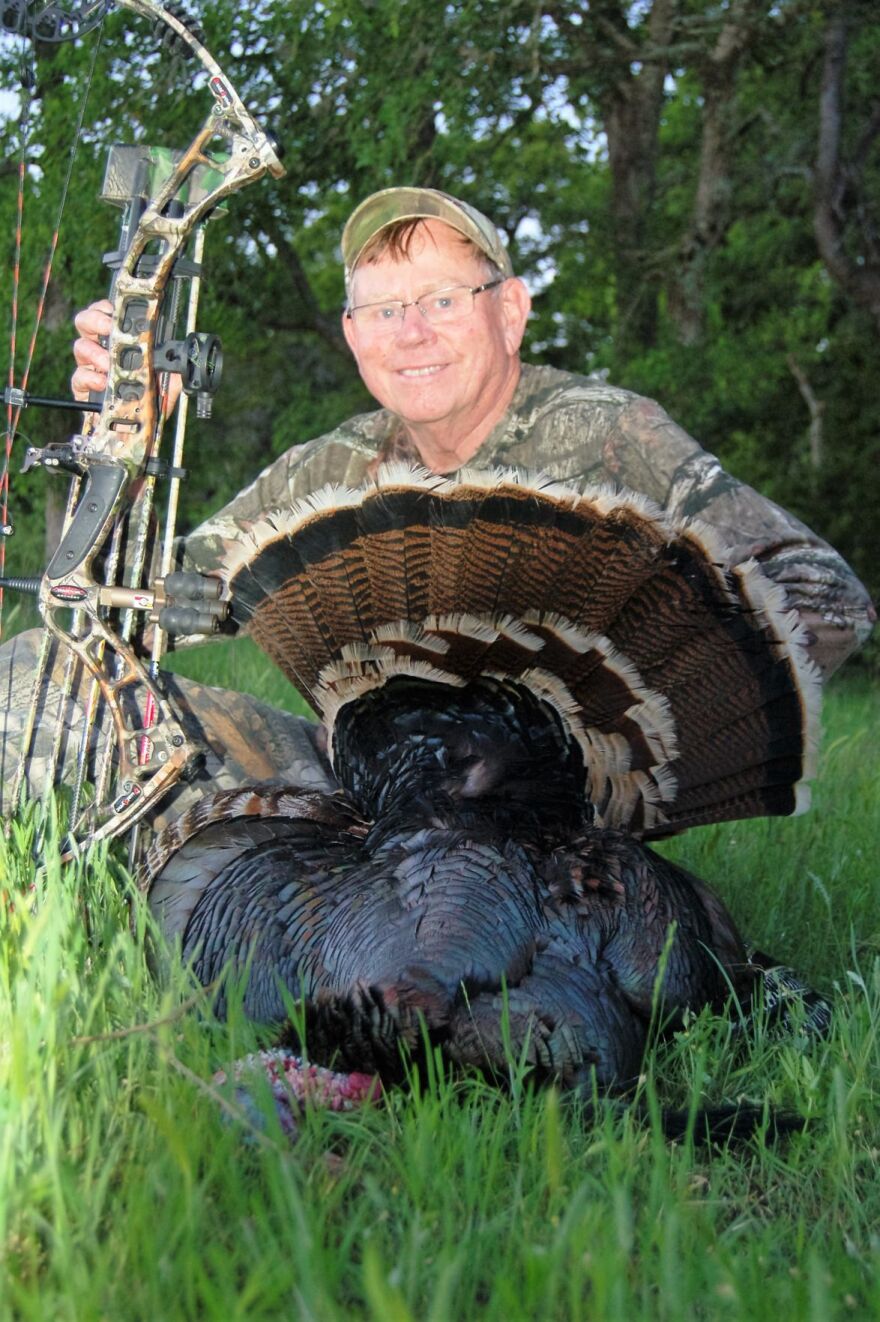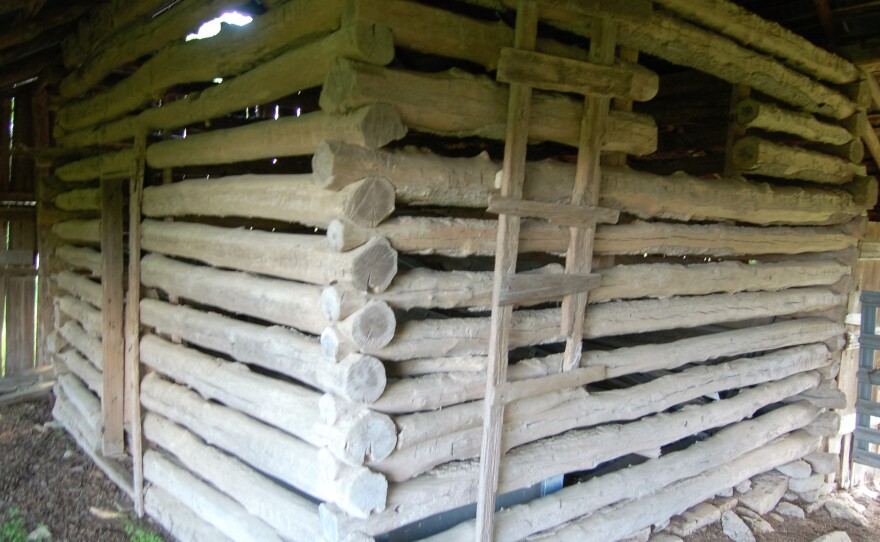
For the past couple of decades, my friend Randy Routh has been telling me about the White Ranch where he has been hunting since the 1990s. Randy and several of his friends help the White family work cattle on the ranch and through the years, the group has set up a nice little hunting camp on the property.
Many youngsters have been introduced to the outdoor lifestyle thanks to these veteran outdoorsmen. In essence, the hunters trade their skills and labor working on the ranch for hunting rights, but it’s easy to see the relationship between hunter and landowners go much farther than this.
After spending a couple of days hunting turkey with Routh on the ranch, it was clearly obvious to me that all these folks have become very close through the years.
Reese White passed away a little over a year ago, well into his 80s and with the stories I have been told about this gentleman, I could write a fair-sized book. Mr. White was a well-educated man that could identify every plant on his place and from what I’ve learned, was a pretty adventuresome fellow back in his younger days.
The remains of a small hangar are still on the ranch where he housed his light airplane back in his youth. I’ve been told of some daring flights Reese made along the nearby Brazos River back 60 years ago.
The White Ranch is steeped in a rich history of frontier life and much of the knowledge of the ranch in its early days was passed along to Reese. When I arrived at the ranch, Routh introduced me to Tim White, who is Reese’s son.
We were visiting next to an old split rail cedar fence that Tim told me was built in the 1890s. The fence was still in use penning cattle up until a few years ago and is currently under reconstruction.
Within walking distance from the hunting camp, an old cedar log house still remains that was constructed by Charles Goodnight and his men back in the late 1800s. The family built a metal roof over the structure and the logs are as solid today as when Goodnight carved the notches and put them in place.

Standing beside this ancient old structure, photographing the notches in the logs, I was caught up in a time machine of sorts. I could almost hear the saws and axes transforming rough cedar logs into a frontier home.
White Parker, the son of the famous Comanche chief Quanah Parker, was a great friend of the White family and he made frequent visits/hunting trips to the ranch back in the first half of the past century. White Parker would bring his family and set up several Indian lodges near where the hunting camp is situated today. He would spend his days hunting with his short, power “Comanche” bows with which he was deadly accurate.
As I took my state-of-the-art Darton 3800 compound bow out of its case in preparation for the hunt, I couldn’t help but wonder what White Parker would think if someone would have handed him such a bow back in his hunting days. I was here to hunt turkeys and enjoy some camp life with my longtime friend Randy.
As Routh drove his ATV back into the interior of the ranch, we spotted a couple of hen turkeys running through the center of a big meadow. As we continued down into the woods, I could hear running water. The appropriately named Buck Creek was running full, thanks to all the recent rainfall.

Routh took the time to show me a spot with a 4-foot waterfall that emptied into a deep hole in the creek. This is a favorite summer swimming spot for the hunters/family and I am positive that not only Charlie Goodnight but that White Parker and his family used this remote spot as a summer “cooling off” destination. The creek bottom was solid rock and I’m positive water has been tumbling over this structure for eons.
Routh stopped his ATV on the edge of a remote clearing not far from the creek. Ancient live oaks grew along the edge of the clearing and I noted turkey scratching and droppings under the trees. With all these signs, I was feeling pretty good about harvesting a bird on this afternoon hunt.
When the majority of hens are on nests, as they usually are this late in the season, gobblers are often up and looking for love during the afternoon hours. I placed my hen decoy in a spot where it would be visible to approaching gobblers, pulled my facemask down to conceal my face and settled down into a well-camouflaged ground blind.
In about 30 minutes, I watched a lone hen working down the edge of a wood line and disappear into heavy cover. A few hen yelps on my box call was answered by a resounding gobble from the far side of the clearing.
In a matter of minutes, a mature old gobbler came strutting within easy range and I soon had my bird on the ground. I had plenty of time to contemplate my hunt while waiting for darkness when my friend came to pick me up.
I had just killed a wild turkey from a spot that I’m positive White Parker had hunted many years before. I sincerely hope that our way of life continues and that 80 years from now, another hunter will harvest their turkey from this spot beside Buck Creek.









